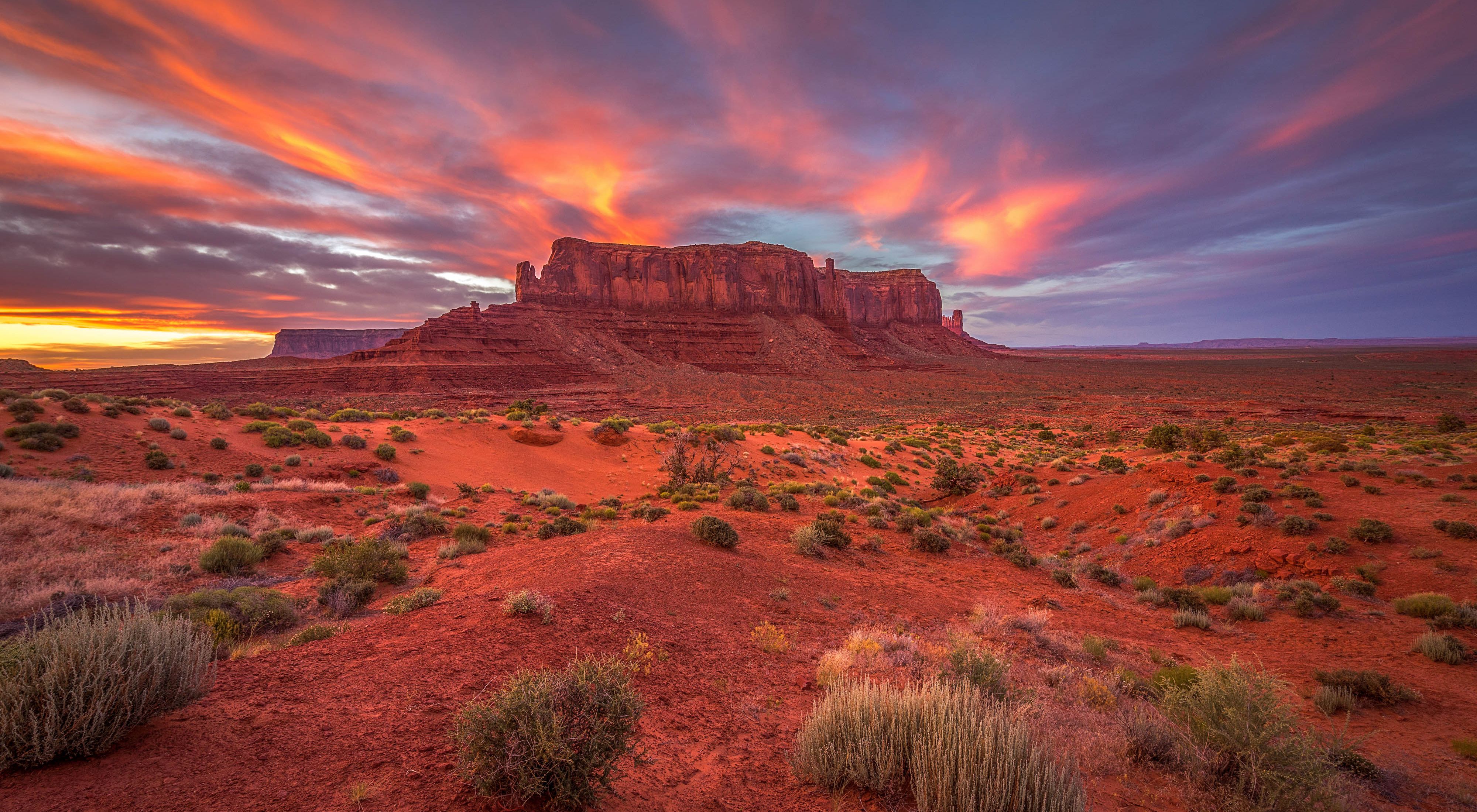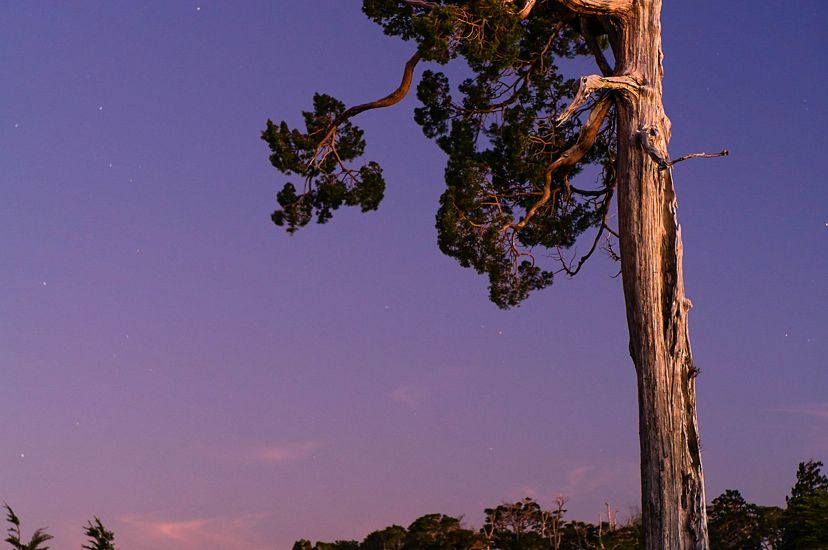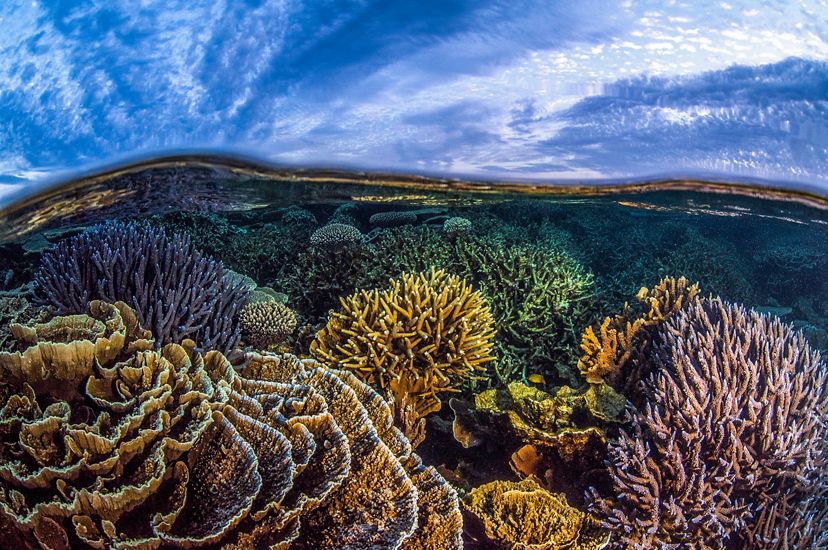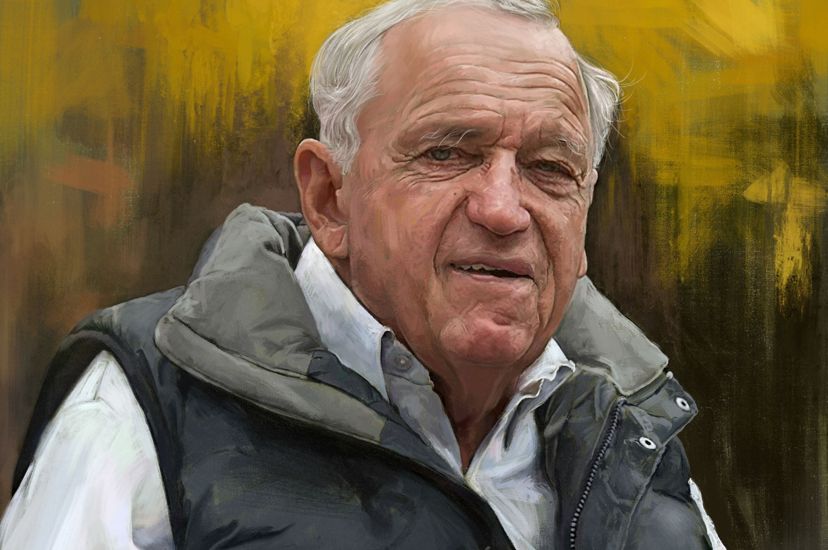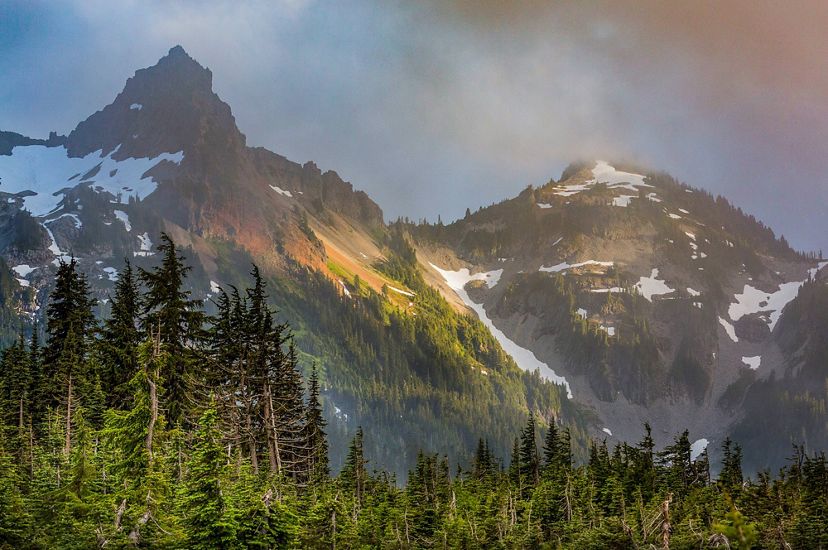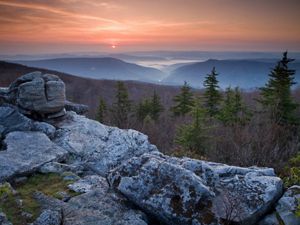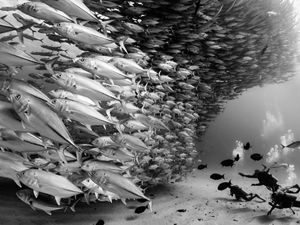30x30: Protect 30% of the Planet's Land and Water by 2030
A billion-dollar gift from the Wyss Foundation will help us achieve this ambitious environmental goal.
Spring 2020
In 2019, The Nature Conservancy successfully closed on innovative new projects and deals that cumulatively protect nearly 6.6 million acres of land—an area larger than the states of Rhode Island, Delaware and Connecticut combined. Each of these successes relied on distinct strategies, partnerships or financing models to succeed, but they were all connected by one common thread: major support from the billion-dollar Wyss Campaign for Nature, which is helping to spearhead an ambitious drive to protect 30% of the Earth by 2030.
For more than 20 years, Swiss philanthropist Hansjörg Wyss has been supporting conservation with hundreds of millions of dollars, but in 2018 he pledged an additional billion dollars over 10 years to help reach that 30% goal. The Wyss Campaign is supporting new types of projects that leverage innovative financial tools or partner with Indigenous communities to create even bigger gains for people and nature.
How We're Protecting Land and Water
In Canada, TNC and its Canadian affiliate Nature United worked in partnership with the Łutsël K’é Dene First Nation for more than a decade before they signed agreements with the Canadian government to protect 6.5 million acres of their traditional homeland, Thaidene Nëné, which includes the country’s newest national park.
In Australia, TNC facilitated some of the most significant private land purchases for conservation in the country’s history: the protection of more than 87,000 hectares of seasonal wetlands that form parts of the historic homeland of the Indigenous Nari Nari people, Gayini Nimmie Caira.
And TNC announced the launch of its Blue Bonds for Conservation program, which aims to help small coastal and island countries protect 30% of their national waters. A pilot of this TNC project with the Seychelles government has already protected more than 86 million acres of waters in the western Indian Ocean, an area almost as large as Germany.
All three of these projects demonstrate how conservation can—and must—scale up in the future. The threats to biodiversity grow more dire every year. A 2019 report from the United Nations estimates that about a million species are now at risk of extinction, and that biodiversity is declining hundreds of times faster than the normal rate—a pace never before seen in human history.
But the report also stated that it’s not too late to turn things around, even though it will require a massive effort to protect habitat. “For starters, we have to protect 30% of the planet by 2030, and we need to mobilize the financial resources to sustainably manage lands and waters over the long term,” says Wyss, an industrialist who has quietly funded conservation work across five continents. His public commitment to give $1 billion to help reach the 30x30 goal is enabling numerous conservation groups to scale up their work.
Scientists, governments and nongovernmental organizations around the world are calling for the next meeting of the Convention on Biological Diversity—to be held this year in China—to set the target of conserving 30% of nature by 2030. The idea is that through protecting habitat, they can help the world’s species be more resilient to climate change and other human disturbances, such as pollution or agriculture.
That need for large-scale conservation projects fits TNC’s purview perfectly, says Lynn Scarlett, TNC’s chief external affairs officer. “As the human footprint grows, its effects on biodiversity grow, too, and the scale at which you need to operate also grows,” she says. The Conservancy has a global reach and offers the skills of hundreds of scientists, as well as those of the leading experts in innovative financing for conservation.
Working with Indigenous Communities
Collaboration is critical, Scarlett says, and the future of conservation must include local communities. “Indigenous people are extraordinarily important in this picture,” she says.
Indigenous lands represent about 40% of the areas that are currently under governmental protection, and include a significant amount of remaining intact habitat. A challenge is how to ensure that Indigenous people gain rights to manage their own territories—and have funding support to make investments to enact their visions for healthy lands and communities.
A working example of this is TNC’s longstanding work in Kenya. For the past 12 years TNC has partnered with organizations like the Northern Rangelands Trust, which helps Indigenous communities conserve their land and manage natural resources. “Through the Wyss Campaign for Nature, the work that TNC is supporting will form a bigger and more connected space for natural resources management in Kenya,” says Munira Bashir, TNC’s Kenya Program director.
“None of this happens by magic,” Scarlett says. The financial support and global voice provided by the Wyss Campaign for Nature will be instrumental in helping to bring people together around a common goal. The hope is that it will inspire other philanthropists and governments, as well as the private sector, to join in the 30x30 initiative, says Scarlett. “This gets the momentum going—but ultimately you need countries to come to the table and make a commitment.”
Q&A
Philanthropist Hansjörg Wyss fell in love with nature in the American West. Now he wants to see it protected around the world.
Do you see protecting the natural world as an obligation for everyone? Is there a role for both large-scale philanthropists and people with more modest incomes?
Wyss: I am proud of the work [the Wyss Campaign for Nature has] done over the last few decades, but I also know that we all need to be doing more—far more—to conserve and protect the planet’s remaining wild places. One of the best ways to safeguard wildlife and wild areas is to increase the pace and scale at which we’re protecting the planet. I announced my $1 billion gift and launched the Wyss Campaign for Nature in the hope that it would be a signal for others, including philanthropists and governments, to commit more money to protect nature.
We need everyone helping to slow the loss of nature and conserve the planet’s wild places. Philanthropy at all scales is important—large contributions, modest contributions and everything in between. But it is even more important that people raise their voices, that they vote for candidates with a plan to protect nature, and that they get actively involved in conservation at the local, national or international level.
Of the many environmental threats the world faces, which one causes you the most concern?
Wyss: The climate emergency and the crisis facing nature and wildlife are two sides of the same coin. We cannot stabilize the climate without increasing protections for nature around the world. In fact, the most cost-effective way to mitigate climate change is to protect more of the Earth’s lands and waters, especially carbon-rich ecosystems like forests, peatlands and mangroves. And like climate change, the continued destruction of natural areas presents an existential threat to communities and economies around the world. Without intact natural systems, billions of people will suffer.
Quote
We cannot stabilize the climate without increasing protections for nature around the world.
What makes The Nature Conservancy a good partner in conservation efforts?
Wyss: The talented staff of The Nature Conservancy know how to permanently protect lands and oceans. They know how to influence policies to guarantee places are managed to protect biodiversity, and they listen and respond to the needs of local communities and economies to ensure that the protections that are achieved have local support and are sustainable. The Conservancy is a global organization, but TNC’s employees are local experts who truly understand the communities they live in.
How do people fit into your vision for conservation?
Wyss: Every conservation project that the Wyss Foundation supports is driven by local communities and by local people who have identified a landscape or seascape under threat and in need of protection. In Montana, we have supported the Blackfeet Nation in their decades-long effort to protect the Badger-Two Medicine—a place of deep cultural and spiritual significance—from oil drilling. In Argentina, we have helped rural communities diversify their economies by establishing new national parks. And the list goes on.
Is there any place you’ve helped protect that’s particularly special to you?
Wyss: Visiting the places I’ve played even a small part in protecting is the most rewarding part of this work. If I had to pick one place that I enjoy visiting time and time again, it would be Montana’s Swan Valley, which was protected as part of the Montana Legacy Project [that purchased and protected 310,000 acres of Western timber lands], which I felt very
privileged to help facilitate.
What kind of world do you hope we can leave for future generations?
Wyss: I am optimistic by nature. I feel confident we will, collectively, rise to the occasion and protect far more of the planet. I think my grandchildren and their grandchildren will live in a world where half the planet is conserved for nature. We have a lot of work to do, and we don’t have a great deal of time. We must act quickly to protect what’s left. Still, I’m very confident that, working together as part of a global effort, we can get there.
